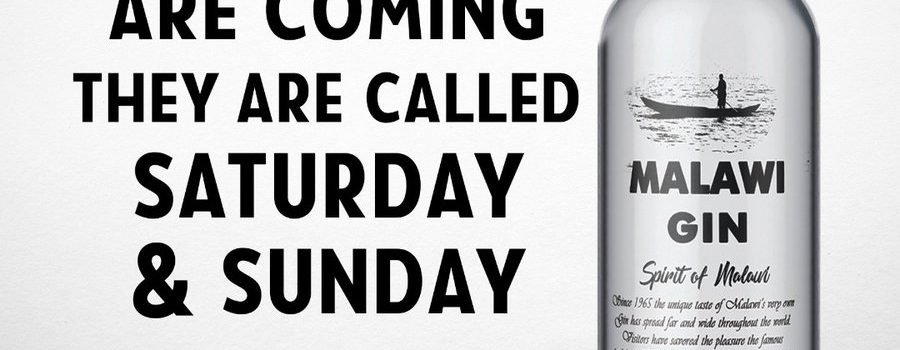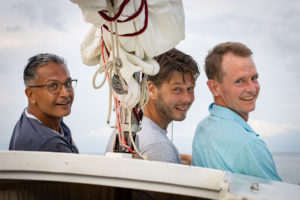Whether in the US or Malawi, 5 p.m. is the best time of day in my humble opinion. That is because after that time I no longer feel guilty about starting Happy Hour.
In the US, Jones and I live in a small apartment. Though our private space is tiny, the shared areas in the building are plentiful and beautiful. Our favorite is the roof terrace. We live in Old Town Alexandria, Virginia. The roof terrace overlooks both the Potomac River and the rooftops and church steeples of the town. Alexandria was largely built in the 1700s and churches were both common and they had tall steeples. From our roof, they pop out above the hodgepodge of rooflines. It is beautiful. The river and the town provide the view as we enjoy a glass of wine and munch on garlic hummus, smoky baba ganouj, and expensive, beautiful olives from Whole Foods. When we invite friends over for dinner, we like to start the evening up on the roof, watching the airplanes taking off and landing at DC’s National airport.
In Malawi, the house we rent is spacious with a very large outdoor covered seating and eating area. In Malawi, this type of space is referred to by its Chichewa name, a khonde, pronounced “khan-dee.” Our garden is big with tall trees, poinsettia bushes, fruit trees, and is full of birdsong. Our khonde is slightly raised and overlooks a small swimming pool. The trees tower overhead. The black tipped mongooses like to sun themselves by the side of the pool.
None of the things we munch on during Happy Hour in the USA are available in Malawi. Sometimes we splurge and open a package of Indian snacks, usually spicy puffed chickpeas without or with peanuts. Usually, we forego eating and enjoy watching the birds holding an icy Malawi G&T.
An inevitable question is “There is quinine in the tonic water, right? Do I still have to take malaria prophylaxis?”
Though British gin is available here, almost no one drinks it. In my opinion, the best gin available locally is (aptly called) Malawi Gin. It is produced right here in Blantyre. The tonic water is imported from England and sold in individual serving 200 ml cans.
New arrivals to Malawi are astonished at the delicious taste of a Malawi G&T. An inevitable question is “There is quinine in the tonic water, right? Do I still have to take malaria prophylaxis?” True, tonic water contains quinine. That is tonic water’s bitterness, and it is counterbalanced by a great deal of added sugar. True, quinine can be taken as malaria prophylaxis, though there are better choices. To get enough quinine to prevent malaria, one would need to consume 67 liters of tonic water daily. A 200 ml can of quinine water has just over 100 kcal. So yes, one could drink enough Malawi G&Ts to prevent malaria. This would provide the drinker 33,500 kcal daily from the tonic water alone. Likely, a different strategy to prevent malaria might be less fattening and inebriating.
A local urban legend is that Malawi Gin is made from sugar cane liquor with flavorings from juniper berries. It is only a rumor as the recipe, not surprisingly, is a secret. Its cost is about $4 for a one liter bottle.
We sometimes bring bottles of Malawi gin back to the USA, but after we unpack them in Alexandria, we rarely drink them. The unopened bottles sit around for a few weeks before we give them to friends. In our minds a Malawi G&T is a Malawi drink, best savored on our khonde, watching the sunset with the birds chirping and us thankful for another day in the Warm Heart of Africa.






